Clear records
history record
cancel
Clear records
history record





What are the main steps involved in power engineering design?
What are the main steps involved in power engineering design?
From the era of popularization and development when roads were built first to the current era of popularization of power and communication, the Electric Power Design Institute has always been a key design unit involved in such work. The Electric Power Design Institute designs and constructs the layout of circuits and transmission circuits, enabling the municipal government to effectively complete the establishment and popularization of power and communication facilities in underdeveloped areas in a timely manner. The quality-reliable Electric Power Design Institute strictly controls the design at the beginning and during construction. So what are the steps for the Electric Power Design Institute to participate in the design?
1. Feasibility study
The word "feasibility study" in the professional terminology of power design institutes usually refers to the design engineering estimate. In the early stage, according to the actual construction situation and the existing funds, a general engineering estimate is made for the line building materials, construction materials, design costs and other items. Not only the process expenses of the power design institute at the beginning of the design are estimated, but also the estimated expenses to be spent in the subsequent construction are estimated. These two are reported to the design department of the power design institute to prepare for the subsequent preliminary design, and then reported to the relevant units for approval of the expenses. The power design institute does not miss any details of the process.
2. Initial design
The word "preliminary design" in the professional terminology of power design institutes usually means what it sounds like, which is to conduct preliminary design budget for the project to be constructed, usually including the design budget for the construction drawings and as-built drawings. After the power design institute has completed the acceptance of the two design drawings, it will conduct an on-site inspection based on the design drawings to see whether the construction can be completed within the estimated time budget, and whether additional budgets such as separate trenching construction are required. These two branches are usually also called the construction budget stage and the project settlement stage by the power design institute. When these two design stages are completed, they are also handed over to the construction unit to carry out construction strictly in accordance with the drawings.
In terms of power transmission line design, power design institutes usually go through two steps: the feasibility study phase, which includes engineering estimates, and the preliminary design phase, which includes construction budgets and project settlements. Power design institutes with stable performance consider the construction site environment, common weather factors, and other conditions during the design phase, and make certain adaptability requirements for the construction materials to be used later. This ensures that the errors in construction materials caused by subsequent construction are relatively small.



 The browser own share function is also very useful~
The browser own share function is also very useful~










